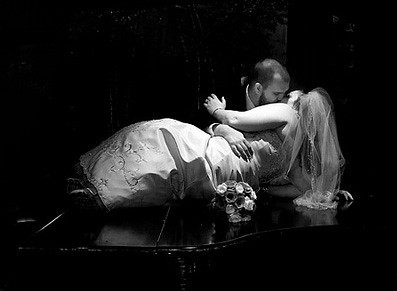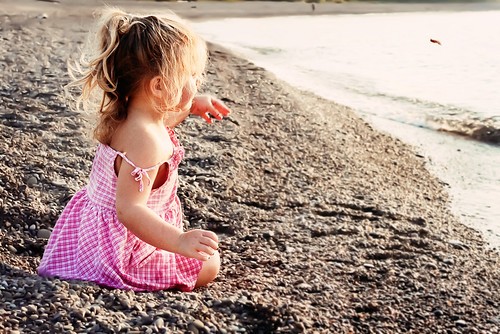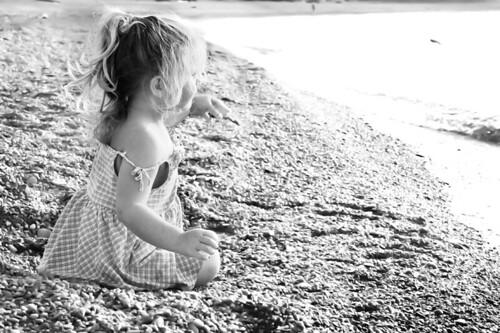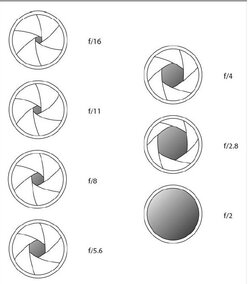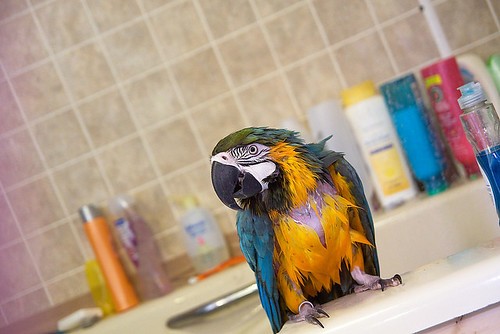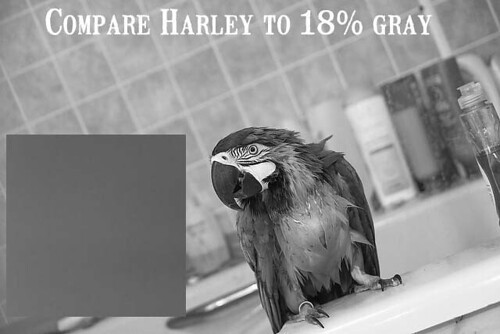JerseyJules
TPF Noob!
- Joined
- Aug 11, 2012
- Messages
- 112
- Reaction score
- 10
- Location
- The Armpit of America, New Jersey
- Can others edit my Photos
- Photos OK to edit
Follow along with the video below to see how to install our site as a web app on your home screen.

Note: This feature currently requires accessing the site using the built-in Safari browser.
The color version of the car is Awesome!
You have a great eye and a really great start here. You need your monitor calibrated. What you are seeing in the dark details of your images won't be there when you print. Especially in the car photos.
A vignette is fine if you can't tell it was applied in post processing. When it looks like someone laid something black over the outside of your image in a square or rectangle you aren't using it well. So, you don't necessarily have to give it up as a poor choice, you have to learn how to use it better.
Turn on the histogram and the highlight warnings in your camera. The histogram will show you if anything is going off the chart at either end of the spectrum and the highlight warnings will blink over anything you have blown out. The screen on your camera is in no way reliable for setting exposure without those.
Do you understand how aperture and shutter control focus as well? And do you understand how they control light? It seems like you are using the ISO properly so I'd guess you have a fair clue at least how SS and F/ work.
Ill give that a shot, I am on a laptop..Have you adjusted your monitor at all for photography? Monitors out of the box are incredibly bright and very high in contrast. They're set up for gaming and internet which is what the general population is using them for most. For photography you will need to reduce brightness and contrast to about 75%. Monitors also tend to be cool in coloring, so you will tend to error to the orange in faces or warm in anything else.
Laptop is your problem. I wondered why some images were dark and some were looking pretty good. Do you have an external monitor to hook your laptop up to?Turn on the histogram and the highlight warnings in your camera. The histogram will show you if anything is going off the chart at either end of the spectrum and the highlight warnings will blink over anything you have blown out. The screen on your camera is in no way reliable for setting exposure without those.
Gotcha, Ill give that a shot, my camera should have that feature.Im using a Nikon D3200. I purchased that because I read good reviews on it being a very good entry level camera that gets out of it's own way.
Do you understand how aperture and shutter control focus as well? And do you understand how they control light? It seems like you are using the ISO properly so I'd guess you have a fair clue at least how SS and F/ work.
Yes and no..I know aperture is the amount that the lens diaphragm opens up, so more opening with longer shutter speeds would would be really bright and wash the photo out. I can see how changing these setting change the way the photo looks, however I simply cant judge off the top of my head where I need to be. Perfect example, is i have been trying to take action shots at my son's indoor Karate class. The lighting florescent with an open wall of windows. No matter what I do the pictures either blur or look like crap.. I dont want the washed out look of using the flash and generally Im too far away for the flash to have an effect. Plus it is distracting. This is where I cant tell which setting work best. I get an idea of how I want the photo to look, I just cant do it...I tend to like focused subjects with blurred backgrounds.
Ill give that a shot, I am on a laptop..Have you adjusted your monitor at all for photography? Monitors out of the box are incredibly bright and very high in contrast. They're set up for gaming and internet which is what the general population is using them for most. For photography you will need to reduce brightness and contrast to about 75%. Monitors also tend to be cool in coloring, so you will tend to error to the orange in faces or warm in anything else.
PS thanks for being helpful and not condescending like some people..
